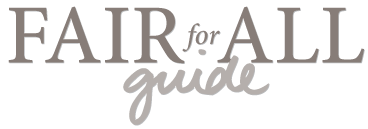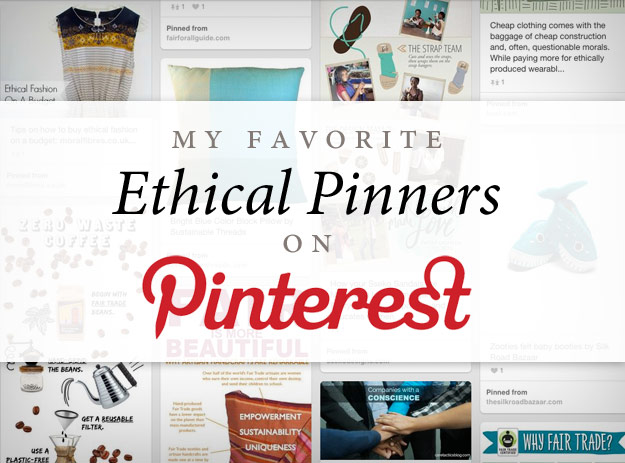Connecting Stuff You Don’t Want with People Who Want It
The other day when I arrived at work, I found a mysterious box sitting on my desk. On it, this note from my coworker Katina:
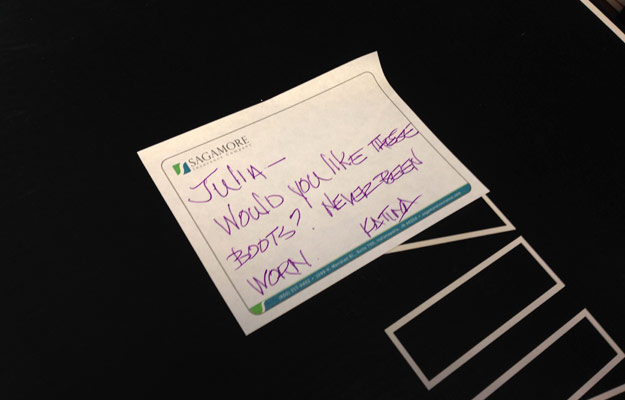
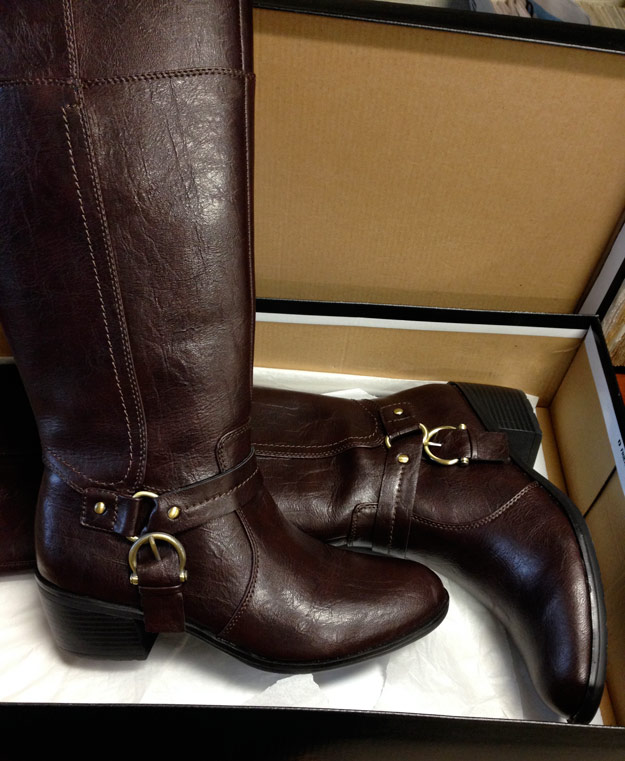
Surprise boots! I giddily tried them on and modeled them for everyone in the department. I also got the origin story from Katina—the boots originally belonged to her cousin’s coworker, who gave them to Katina’s cousin, who gave them to Katina, who gave them to me. Whew!
The convoluted journey of these boots made me think about the ways our unwanted stuff circulates. One man’s trash is truly another man’s treasure (somebody didn’t want these boots! seriously!), but sometimes the path from person-with-stuff to person-who-wants-stuff isn’t easy to find.
My typical practice has been to throw all my unwanted stuff in a bag and take it all to Goodwill. Don’t get me wrong, this is way better than throwing it in the trash. But I’ve caught glimpses of the back rooms of some thrift stores… SO MANY PILES. And have you ever been to a Goodwill outlet? It’s the stuff that didn’t sell at regular Goodwill stores, and they sell it by the POUND. Eeek. The amount of stuff we donate is overwhelming, and when you donate to a thrift store, you’re rolling the dice on whether anyone else will even want it. Oftentimes surplus donations are shipped to developing countries overseas, which on the surface appears charitable but may actually undermine local economies.
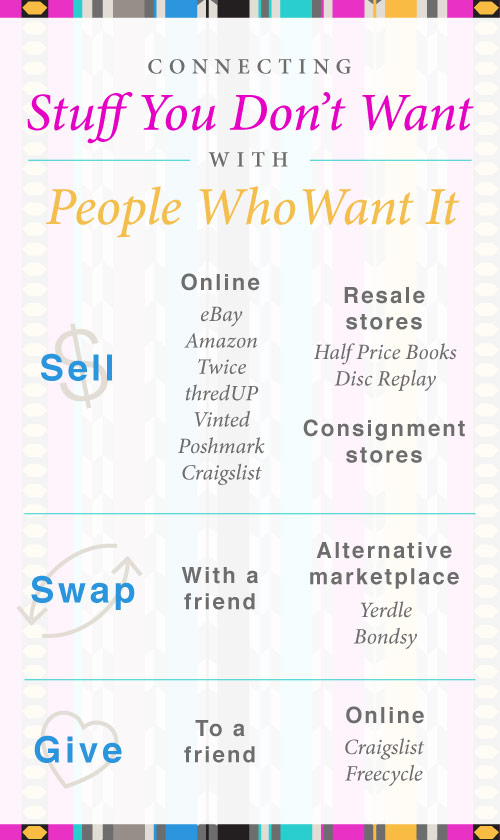
With the rise of the sharing economy, I think how we get rid of stuff is going to change a lot in the next 5-10 years, or even sooner. Companies like Lyft and Airbnb demonstrate that people are willing to make personal connections to share cars and homes. Not only are they willing to do it, it’s the cool thing to do! On a smaller scale, I think people are going to become more and more excited about the idea of making personal connections to share their unwanted stuff.
Here are a few ways to connect your unwanted items with people who will be excited to have them. Some of them are more personal than others, but they all offer an extra level of likelihood that your stuff will be used and appreciated:
- Sell online (eBay, Amazon, Twice, thredUP, Vinted, Poshmark)
- Exchange in an alternative marketplace like Yerdle or Bondsy
- Swap with friends, or give to a friend
- Give away on Freecycle
- Sell or give away on Craigslist
- Sell to a store that sells used items (Half Price Books, Disc Replay, etc.)
- Consignment stores
Admittedly, all of these methods require a little more effort than dropping off a box at Goodwill. You may have to make a trip to the post office or set up an appointment to meet a buyer/recipient. However, knowing a little about where your stuff is going can be incredibly satisfying. Over the summer I gave away some screen printing supplies on Craigslist. The guy I gave them to told me the kit was for his daughter who has been learning the screen printing process and has made some prints in the past. Just hearing those few details made me really excited to give him the supplies, knowing they were going to someone who would be interested in using them.
I have also been the grateful recipient of other people’s junk. A couple of weeks ago I wrote a Facebook post asking where I could find some reclaimed wood for an art project. Within a day I got suggestions of eight different sources, none of which required me to buy wood off the shelf at a lumberyard. I ended up getting wood from two different friends who just had it lying around. It’s amazing what people will provide if you just ask! In the same way, if you just put it out there that you have X item, you never know who might be interested in it!
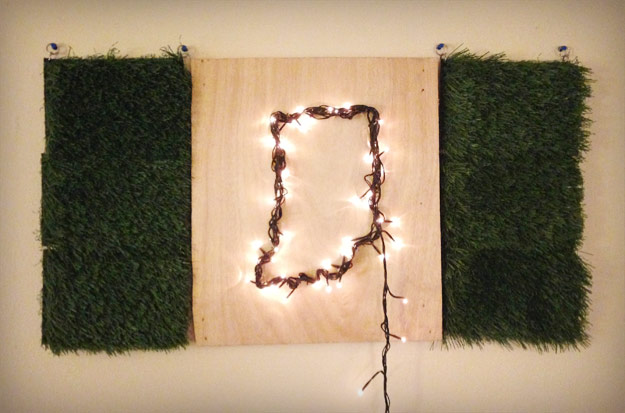
My reclaimed wood art! Also featuring leftover artificial turf from a work project and old Christmas lights.
Will I still shop at and donate to Goodwill and similar stores? Of course. You can’t beat big thrift stores for convenience and variety, and some items may be too small or low-value to be worth the effort of those other channels. But this year I want to make more of an effort to connect the things I don’t want with people who will be excited and happy to have them.
Have you used any of these methods to get rid of stuff you didn’t want? Have you ever made a great connection with someone who really wanted what you were giving away?
